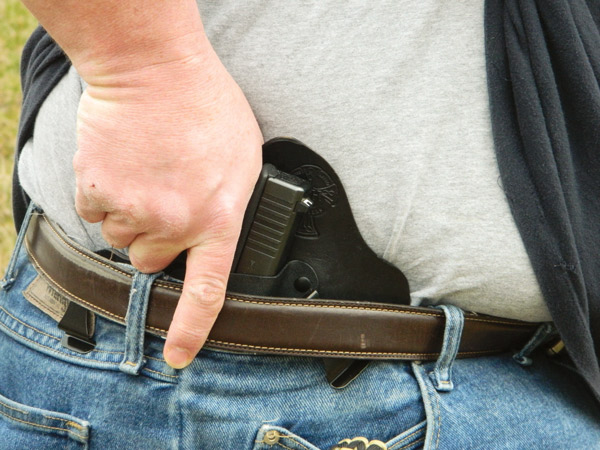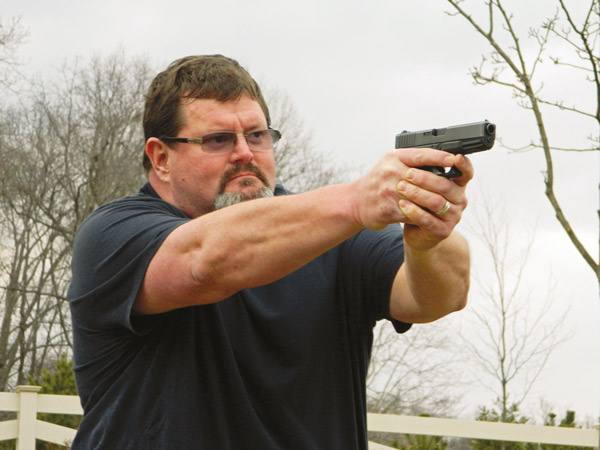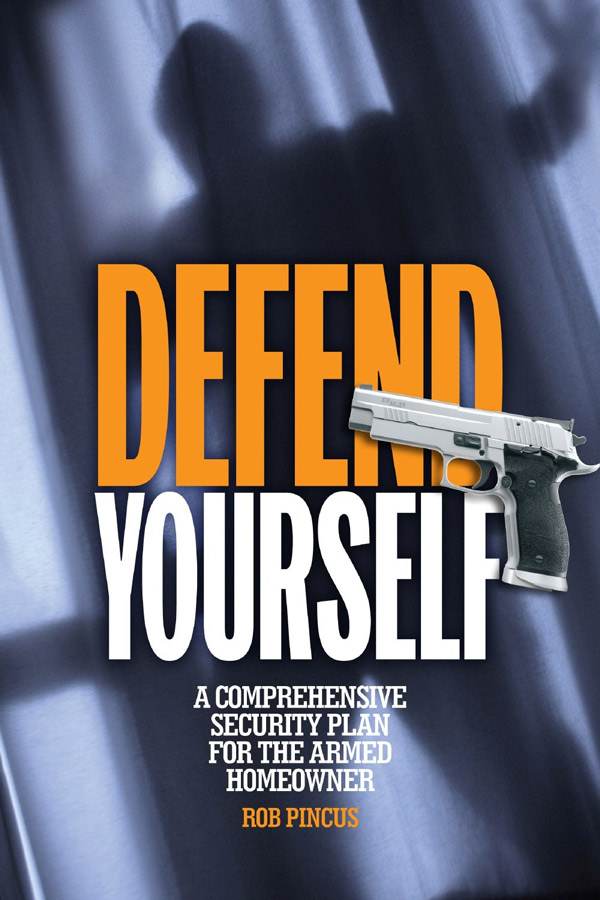

Commence Training
Regardless of your carry method, training should always begin with an unloaded handgun. Even if your range allows drawing from a holster, you should still learn the motions through dry practice, which can easily begin at home. It should also begin without a cover garment, even though the final goal is a safe, smooth and fast draw from concealment. Starting with an unloaded gun sans cover garment allows you to learn the proper movements before introducing live fire and more complex motions, such as drawing from under a shirt, jacket or vest.
Always start slow and deliberate, and speed up as the motions blend together naturally. You can even include dropping the hammer on a target (make absolute sure your gun in unloaded) using one of the available laser training cartridges, such as LaserLyte’s LTS Training Cartridges, to get a good idea of your accuracy in a draw type situation.
While dry practice is good— sometimes it is all one can get— live-fire training is the best way to get a true feel for the effectiveness of your draw in a fight. As the gun is now loaded, you should again start slowly, firing one round per draw. As you become more comfortable, add speed and additional shots—two to three rounds—to the mix, before introducing a cover garment.
To reach a gun covered by a jacket or vest, you simply sweep it back with your hand to reveal the gun. You can help this process is by having an object in the pocket that is heavy enough to provide momentum to swing around the gun – a spare magazine or speed loader works well for this. If you’re using a shirt as a cover garment, you can reach under it with one hand to obtain a grip, but many people use their support hand to lift the tail, especially if the shirt is tucked around the gun for better concealment.
Of course, since few people use a single type of garment to conceal a gun, both methods should be practiced. Also, every time you change something in your set up—gun, holster or cover garment— consider unloading the gun and practicing a few draws in a mirror to ingrain the motions in your mind. Using a mirror allows you to view the motions, correct any mistakes and provide a target for lining up the sights.
Be Prepared
Finally, you must remember that an attack can come at any time, not just when you’re standing up and ready. You might be in a car, sitting in a restaurant or kneeling to tie a shoe. You might have to reach across your body with your support hand, kneel behind cover or even draw from the ground. The possible scenarios are almost endless. For this reason, you should implement training that includes difficult draws in a variety of locations. Again, many of these can be practiced at home with an unloaded gun. You can obtain feedback by using a mirror or a partner, who can suggest realistic scenarios that you might not think of yourself.
Now a concealed handgun along with the ability and wherewithal to use it is important. But many attacks end without a shot when a gun appears in the hand of a so-called “victim.” Whether facing a strung-out punk or a seasoned criminal, the first defense remains avoiding the situation, the second is drawing a gun and the last is taking a shot. Your draw is just an important as being able to consistently ping the 10-ring, and in many ways, much more important.
Recommended Concealed Carry Resources
Now you picked up some pointers on a smooth draw, it's time to delve deeper into personal security tactics. There's no better reference on the matter than Defend Yourself: A Comprehensive Security Plan for the Armed Homeowner. The book is perfect if you’ve purchased firearms for home defense and protection, you want practical guidance on home security and defense and you’re looking for practical ways to apply home defense principles. Also check out our other concealed carry books.


![Best Concealed Carry Guns In 2025 [Field Tested] Wilson Combat EDC X9S 1](https://gundigest.com/wp-content/uploads/Wilson-Combat-EDC-X9S-1-324x160.jpg)


![Best 9mm Carbine: Affordable PCCs [Tested] Ruger Carbine Shooting](https://gundigest.com/wp-content/uploads/Ruger-Carbine-Shooting-100x70.jpg)
![Best AR-15: Top Options Available Today [Field Tested] Harrington and Richardson PSA XM177E2 feature](https://gundigest.com/wp-content/uploads/Harrington-and-Richardson-PSA-XM177E2-feature-100x70.jpg)
